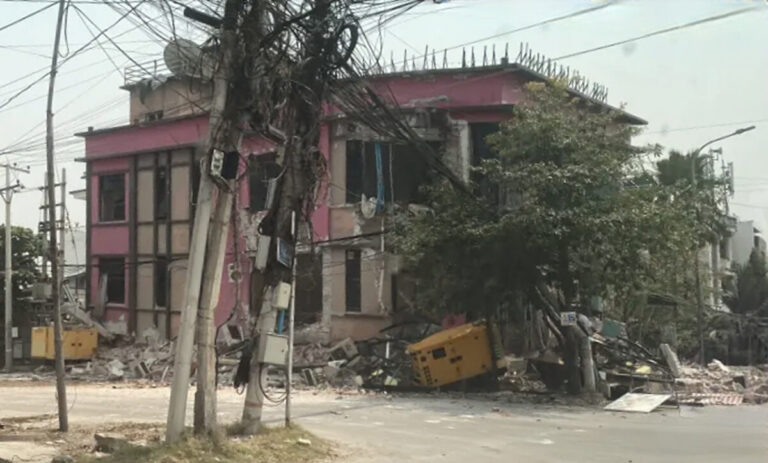The earthquake of 7.9 Magnitude had consequences for the western regions of China that are good for around 50% of the total production capacity of the country in the Solar Wafer, which means that companies are forced to suspend production.
The large-scale earthquake that Central Myanmar struck by the end of March disrupted the global solar supply chain, according to a statement from Jinkosolar.
A spokesperson for the Chinese module manufacturer told PV -Magazine The earthquake of 7.9-magnitude had a “big impact” in the western regions of China, the primary waffle-producing area of the country, which accounts for around 50% of the total wafer-producing capacity.
Large wafer companies have suspended production due to equipment error, added Jinkosolar’s statement, with repairs that are expected to take ‘a few weeks or even months’.
The damage has been the most serious in the province of Yunnan and the prefecture of the Yibin of the province of Sichuan, with reports of errors of equipment such as closures of ovens and explosions that can influence production for a longer period.
This expects an upcoming waffle deficit. According to Jinkosolar, the waffle prices rose nearly 6.7%before the earthquake, with the high season for solar installations that have activated a wave of stock.
“Market analysts emphasize that the disturbances of the earthquake can hinder the continuous efforts to resume the production of wafers,” added Jinkosolar’s statement. “This can further sharpen the offer [and] will probably stimulate prices higher in the short term. “
The Supply Chain is also influenced by a loss of infrastructure. The collapse of the AVA bridge in Myanmar, located between Mandalay and the border of China-Myanmar, has influenced the transport of PV materials, including silver paste and glass. This means that PV modules travel from the Chinese province of Zhejiang to Myanmar will be diverted through alternative ports, which are expected to increase the transport costs by around 15%.
In the meantime, partial damage to roads in Yunnan and Sichuan has extended the inter-provincial transport times by 20% to 30%.
Jinkosolar’s explanation added that some areas in Yinchuan and Inner Mongolia experience reduced production speeds due to streamline failure and logistics disturbances, which are expected to be recovered within a week.
This content is protected by copyright and may not be reused. If you want to work with us and reuse part of our content, please contact: editors@pv-magazine.com.


